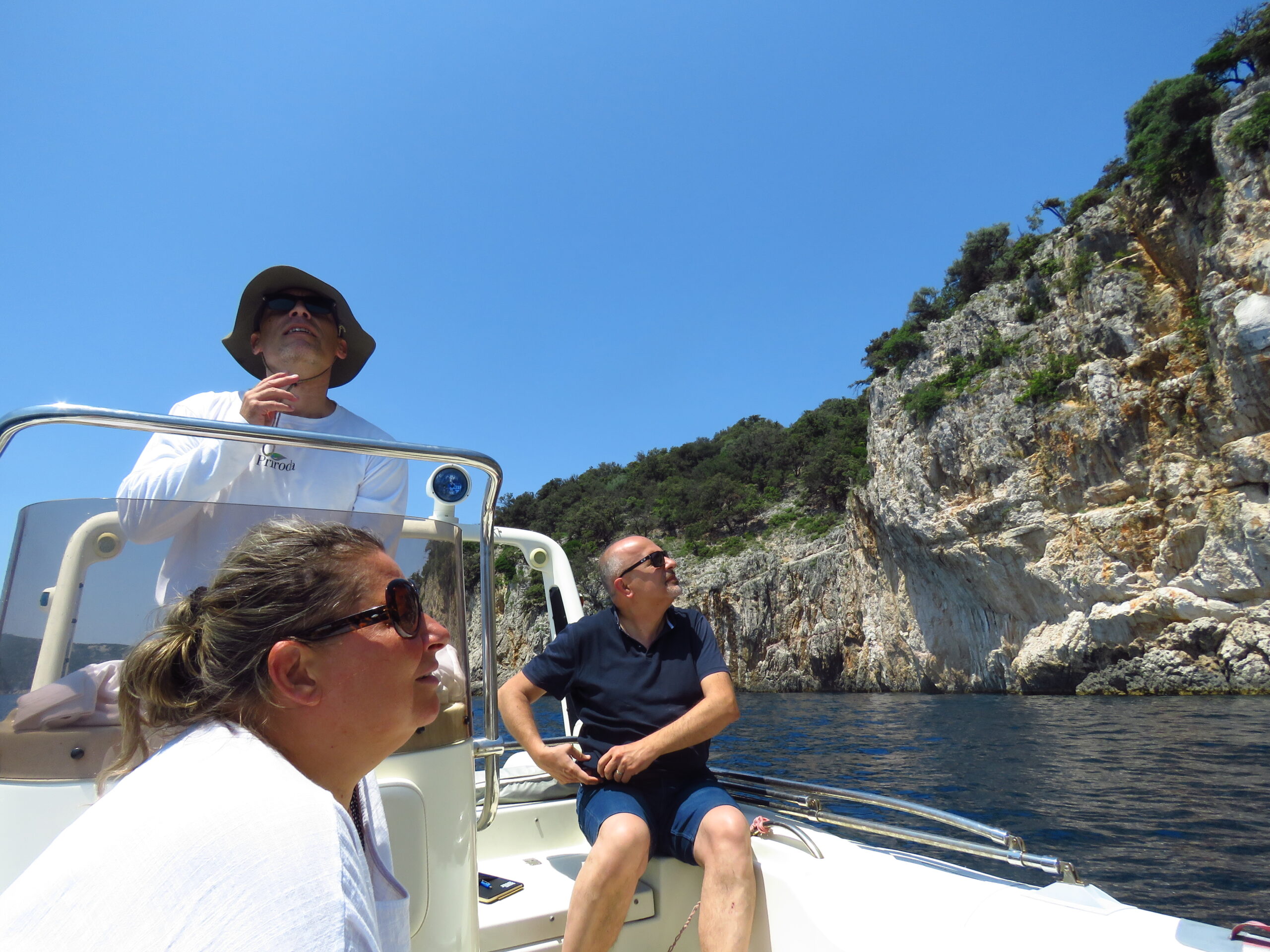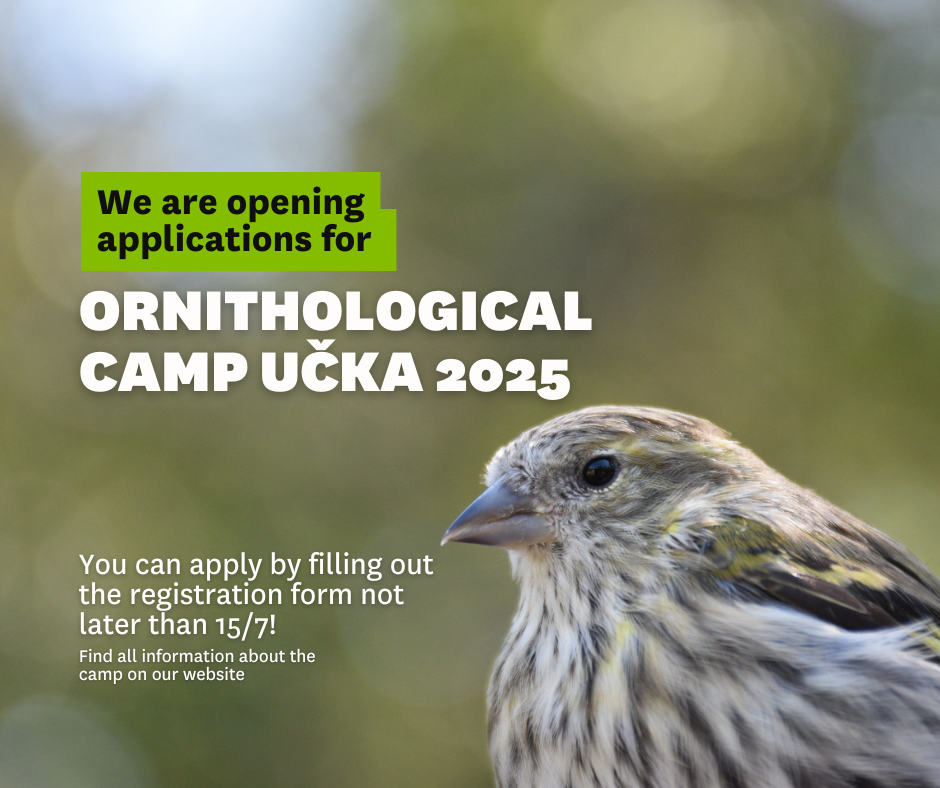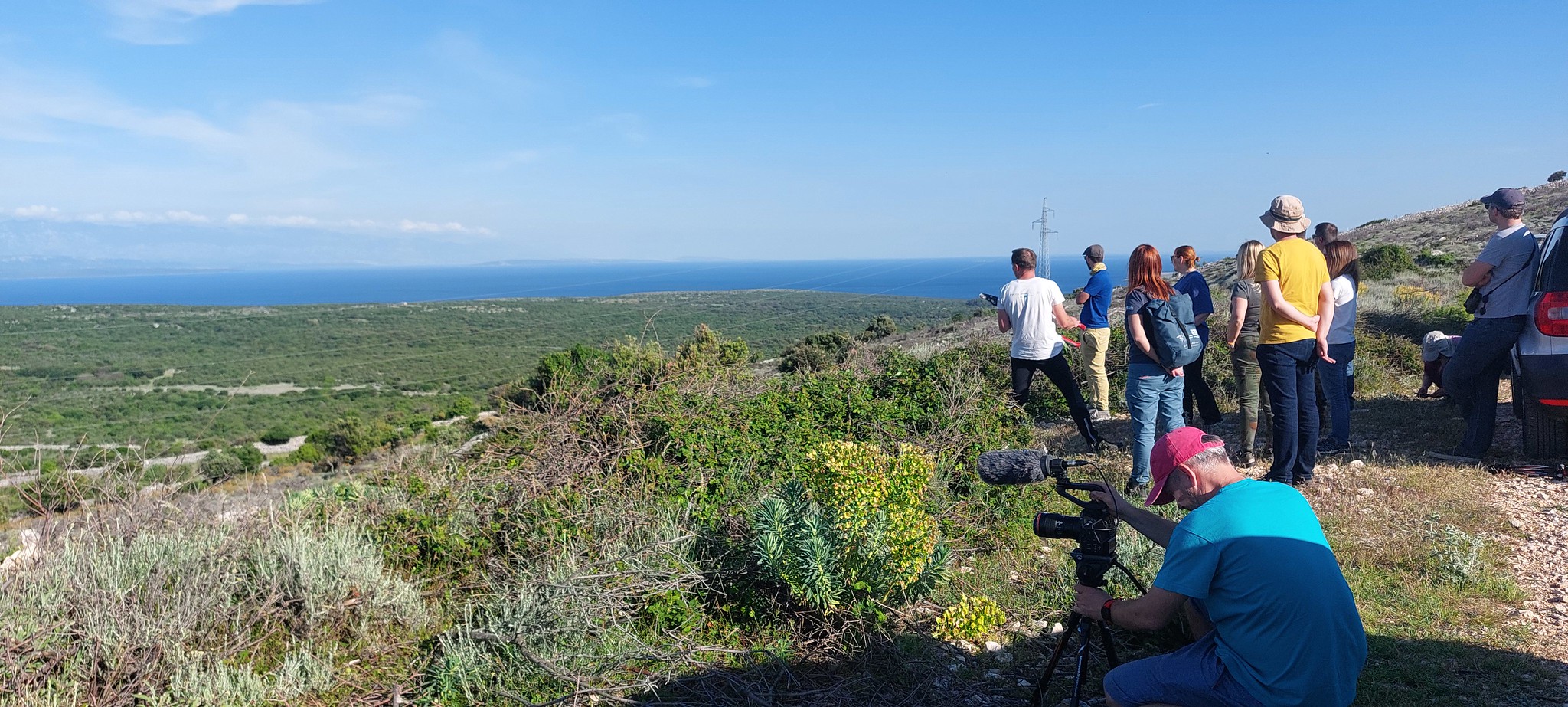Ever since it first took place in Croatia, the unique bird identification training course BirdID has been bringing together a community of nature lovers. Interest grows with each passing year, and the pride and joy we feel after each generation passes a demanding exam are priceless.
When Magne Husby started the BirdID program at Nord University in 2006, he probably had no idea how much interest the course would attract in other countries, including Croatia. Although it was primarily created to increase the number of bird monitoring and recording volunteers and improve bird identification skills, the BirdID program is also a fantastic online tool with a huge database of photos and recordings of bird sounds, and offline, it represents a community that wants to contribute to nature and its preservation. From an ‘ordinary’ website for practicing bird identification, it developed into an educational program which gradually spread to countries where birdwatching wasn’t particularly popular until then or where there were only a handful of experts and ornithologists involved in it. In Croatia, BirdID training has been carried out in different forms since 2016. So far, four generations have completed the full program with impressive results. The ornithologists Iva Šoštarić and Biljana Ječmenica are responsible for creating “our” version of the BirdID program including the course, the only one of its kind in Croatia. With the help and guidance of colleagues, they carefully selected birdwatching locations and practical tasks for participants. They also added a theoretical part, which further enriched the program. Every year, there have been two or three times more registered participants than there were places in the program.We’ve introduced a lot of new people to ornithology and encouraged them to get involved with birds, at least as a hobby, participate in monitoring or contribute to the protection of birds in various other ways, says Iva Šoštarić, the initiator of the program.So far, four generations have successfully passed the demanding test of the Norwegian university at the state level. A similar BirdID training course on a smaller scale for special groups of interested parties was successfully conducted five times on the Neretva, three times on Učka and Vransko jezero, and once in Međimurje.What does a field training day look like? Anyone can come to a particular location and enjoy birdwatching, and it is our great wish that as many people as possible fall in love with this wonderful hobby. However, as experience shows, truly learning to independently recognise Croatian bird species based on their appearance and voice requires a lot of time and effort. Although prior knowledge of bird species is not necessary, it helps to be familiar with birdwatching and eager to learn. Whether they participate in volunteer activities, recognize habitat characteristics or are active nature lovers, by the end of the training everyone will come out with a new set of skills in bird recognition. Sometimes, participants with no prior knowledge of birds stood out as the best of their generation. Before arriving at a location, the participants should definitely do their homework, i.e. study the bird identification guidebook and get to know the local species. Upon arriving, the training leaders give a detailed explanation of the habitat and what species can be expected there. While one of the guides follows the birds, the other explains what to do, how to observe, what to pay attention to, and helps the participants with identification.
It’s a bit chaotic, but also beautiful! One leader monitors whether a new bird will appear, while the other pays attention to the participants. Unfortunately, birds wait for no one, not even us. They come and go, and we have to react quickly: show the bird, without immediately revealing to the participants what it is, or describe the characteristics so that they can recognise the species by themselves, adds Iva.Once a bird has been identified, the participants get to know the species, its behaviour and ecology. This approach usually also applies to the recognition of species by sound. The participants are involved in every moment of the training – describing, commenting, learning together, complementing each other, but sometimes also correcting wrongly recognised species. Over time, they become a cohesive team. Helping each other is encouraged, because teamwork and learning are invaluable parts of the fieldwork both for the participants and the training leaders.
No matter how often I see a species as part of my job, birds and their behaviour fascinate me. So does arriving at a beautiful location, in untouched nature, where even the sun’s rays hit just right to complete the picture. You feel good about what you’re doing, and the people are there because they want to be there and learn about birds. This is the meaning of the whole program and a real pleasure.
Getting to know the world of birds
At an agricultural habitat in Mala Mlaka near Zagreb, the participants were surprised to see a little owl (Athene noctua) sitting on the window of a nearby barn. In Blatnica, they saw about 90 red-footed falcons (Falco vespertinus) on their way to their spring nesting grounds – far more than even the course leaders could have expected. That’s the beauty of every field trip.Wetland habitats are my personal favourite, although each location is interesting in its own way and has a certain charm. Just like Učka, which everyone has fond memories of. When they finish the theoretical and practical part, the participants return to some locations on their own. They keep learning and developing, which is great because mastering the recognition of birds requires a lot of effort and energy, and this is just the beginning.The participants who want to further develop and use their knowledge continue to be active in many different ways – from coming to organised birdwatching meetings, helping the beginners who are just discovering the world of birds, to reporting crimes against nature. Some of them create interesting educational content about birds, participate in volunteer observation activities or bird counts, or start their own initiatives.
The BirdID program is a big deal for me because, in a way, it represents everything I’m in the non-profit sector for: space to create, to change things and societal trends, freedom in thinking, and a sense of satisfaction from working with the community. I think that with this training, we have generally contributed to the popularisation of birds and birdwatching, which was not so recognisable until then. Learning, and the fun that comes with it, is something that builds a community of nature lovers, says Iva enthusiastically.Anyone can birdwatch these days. Plenty of websites, free tools, manuals, applications and photo databases are available to everyone, but it’s sometimes difficult to venture out on your own into the learning process. A good place to start is by joining the free birdwatching meetings organised by Biom on weekends. This year, we will extend our standard monthly bird watching program to citizens beyond Zagreb, so you will be able to join us in getting to know the bird world of Garešnica, Daruvar, Križevci and Blatnica! Authenticity, freedom and a unique concept are why BirdID training has lasted all these years. Field trips, meetings with people who have the same vision and understand each other when it comes to nature, and continuous learning and teaching are the inspiration to continue working with new generations. Our reward is just as important – an immeasurable sense of satisfaction and an experience that remains forever.
2023 – the fourth generation
Last spring, the fourth generation, with 25 participants, went through BirdID training. Together they took part in 15 lectures and exercises and visited 13 different locations, from Savica and Maksimir, Lake Ormorož, Blatnica, Mala Mlaka, Risnjak and Učka, Pag and the Nin salt pan to the Neretva delta in Croatia. They recorded a total of 185 bird species!In 2024, we are organising a small-scale BirdID course on the Neretva, while the expanded course for the whole of Croatia will take place next year. In the meantime, anyone interested can follow our website and social media, and join in on free birdwatching weekends.






